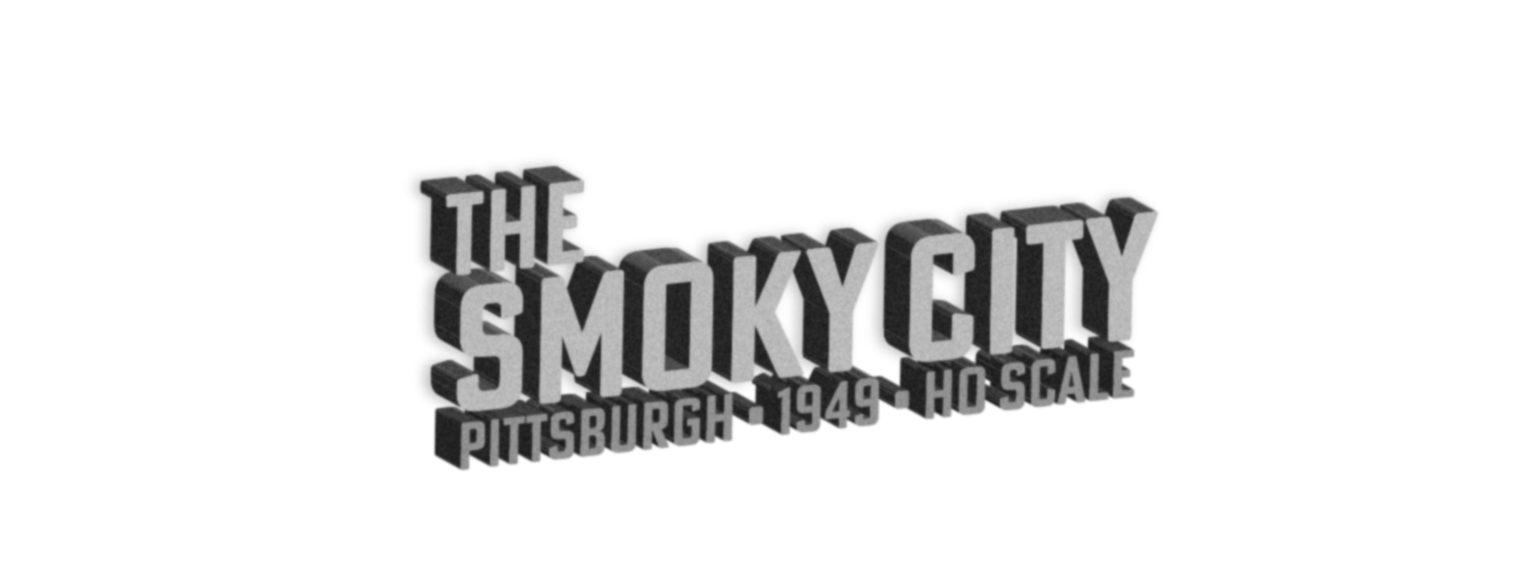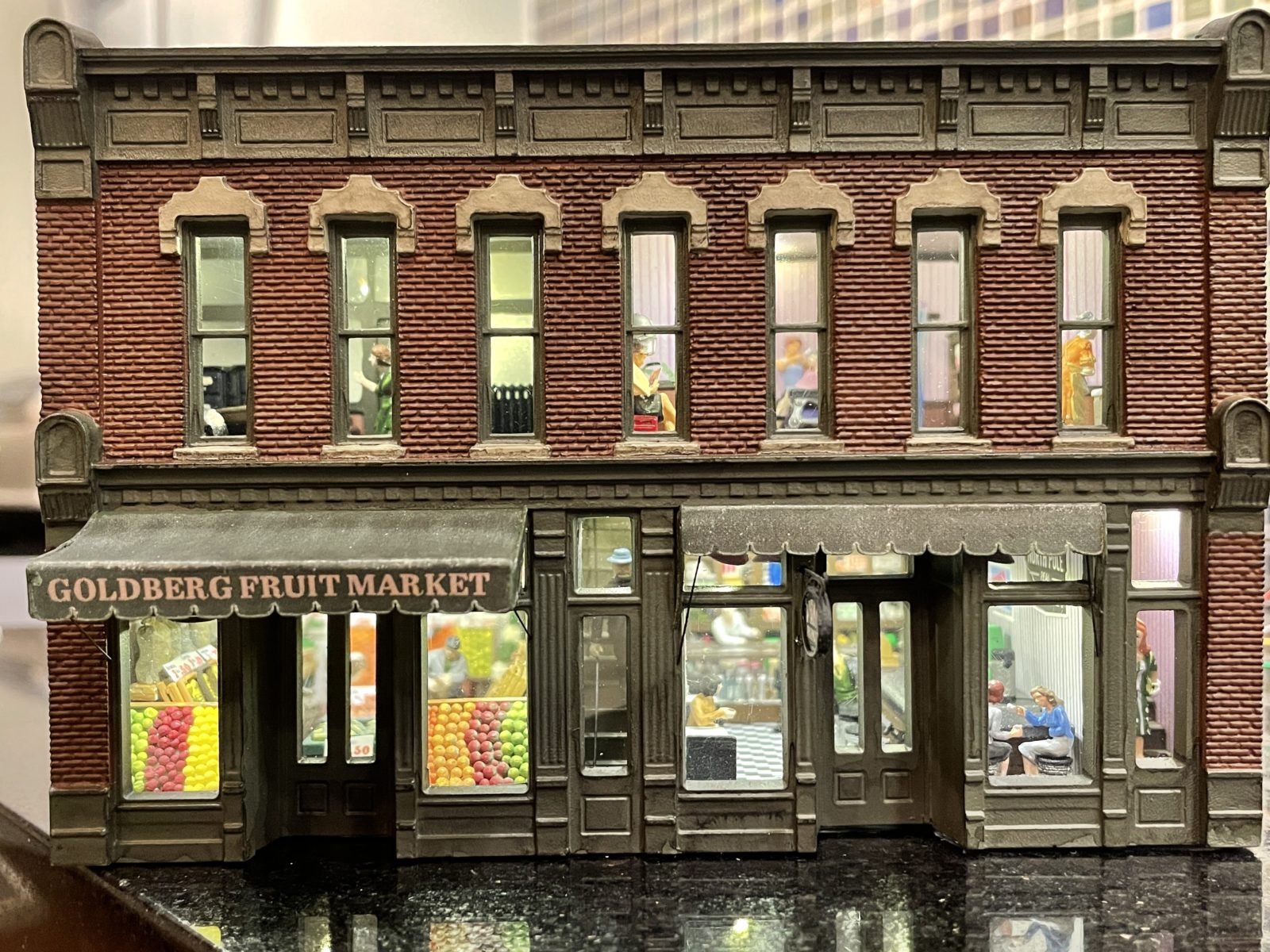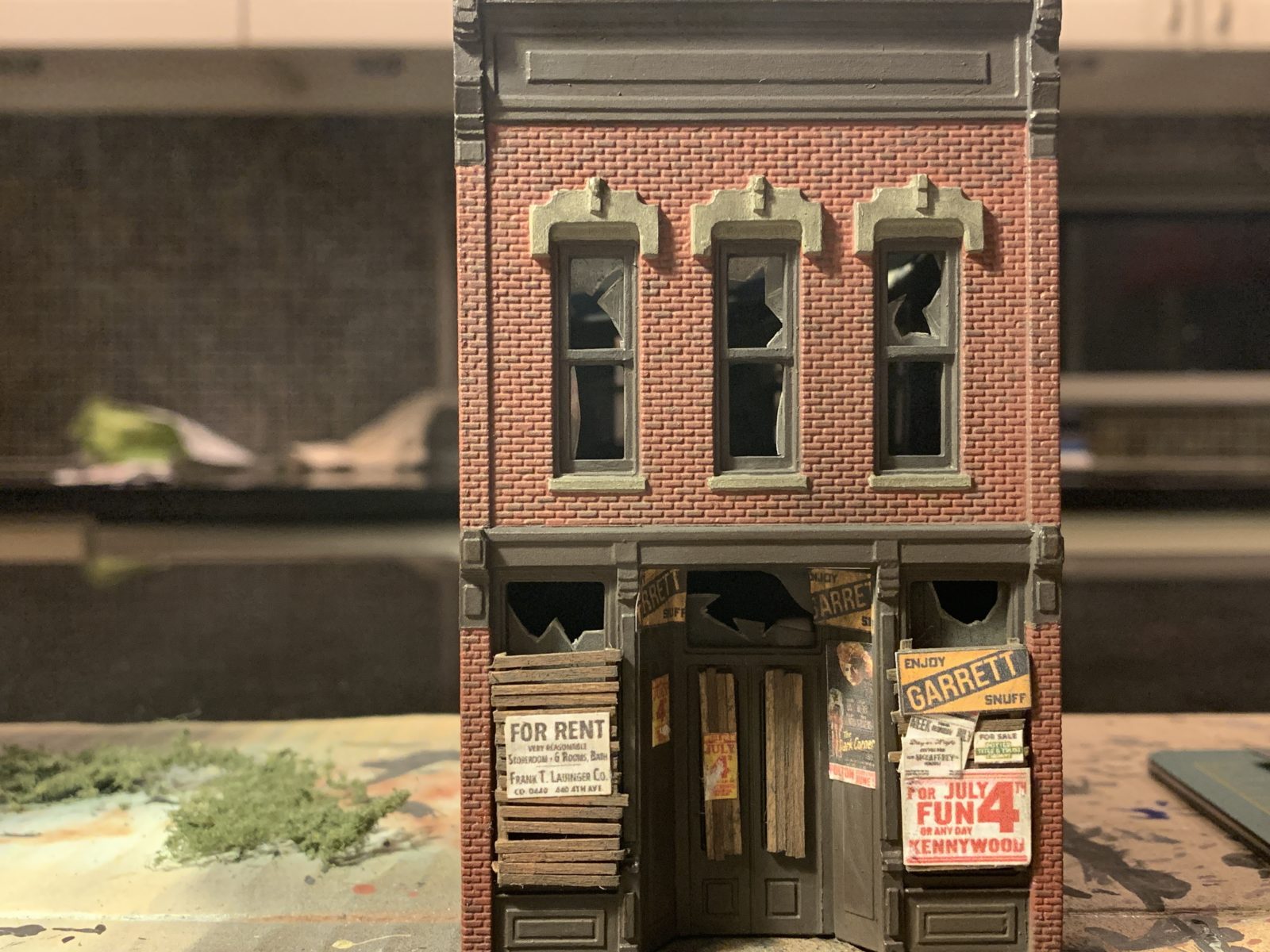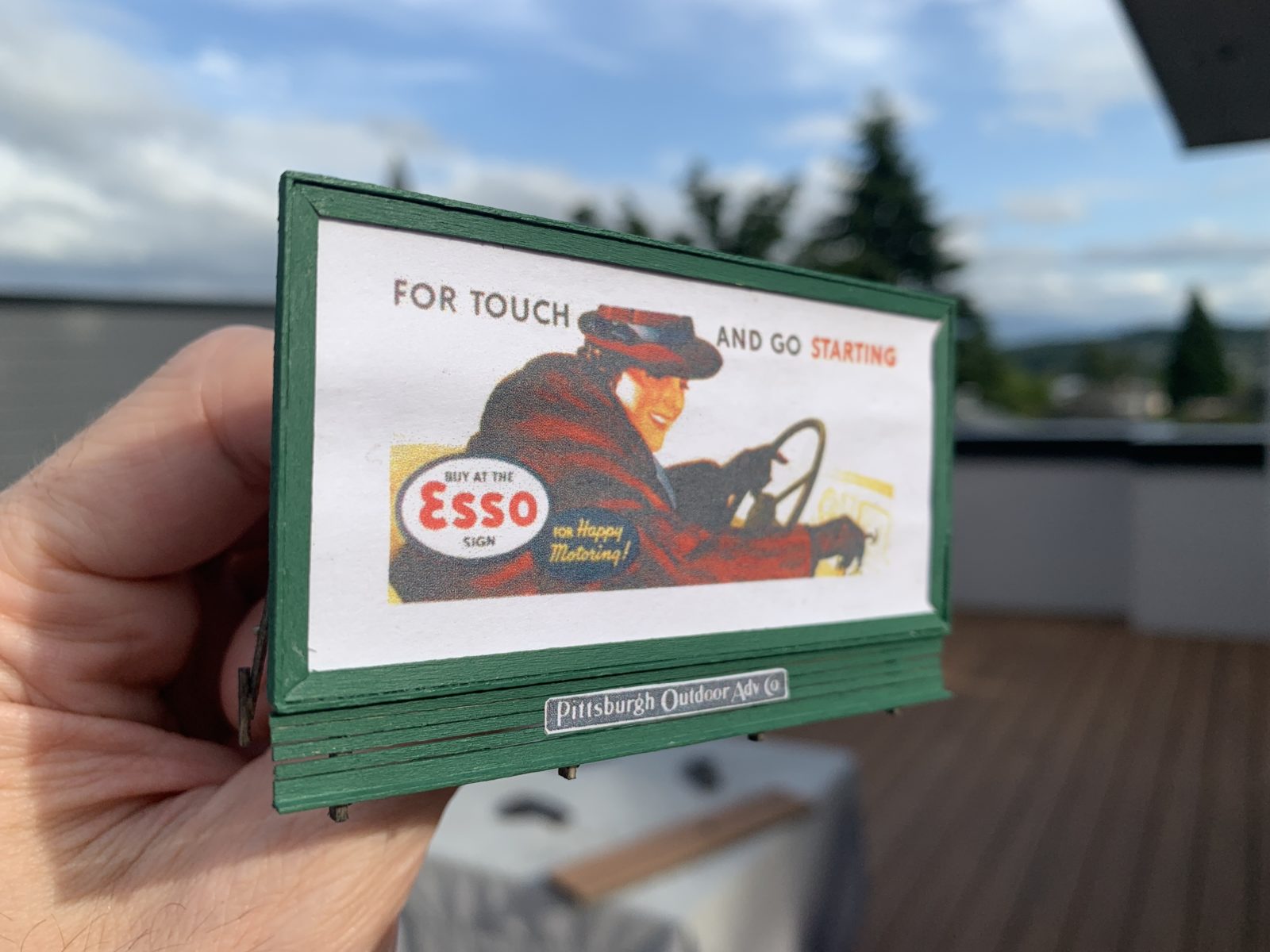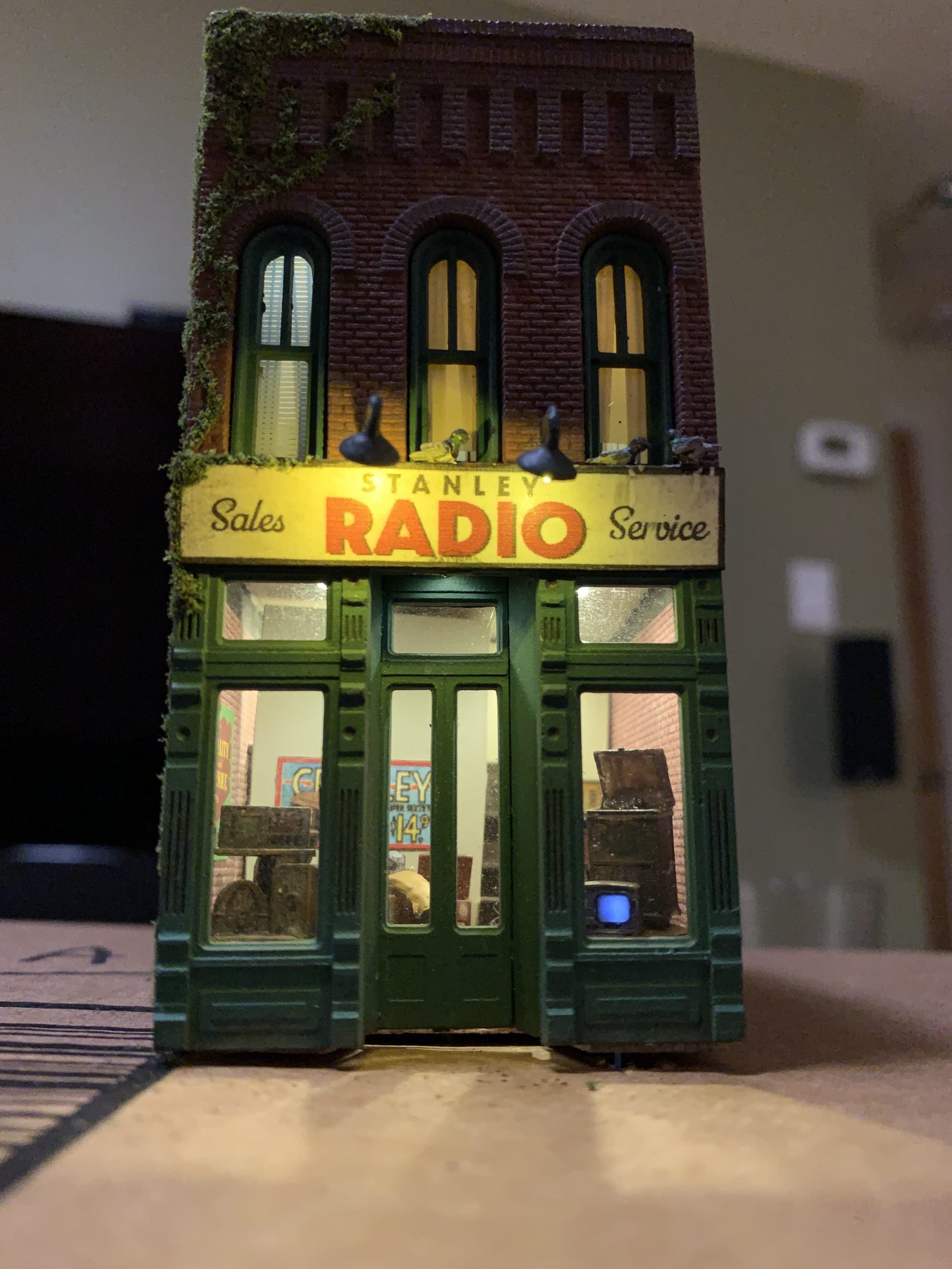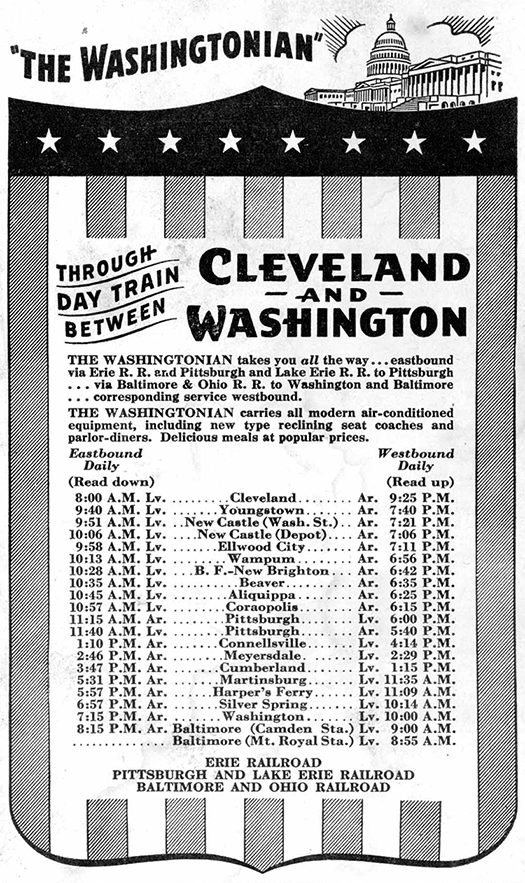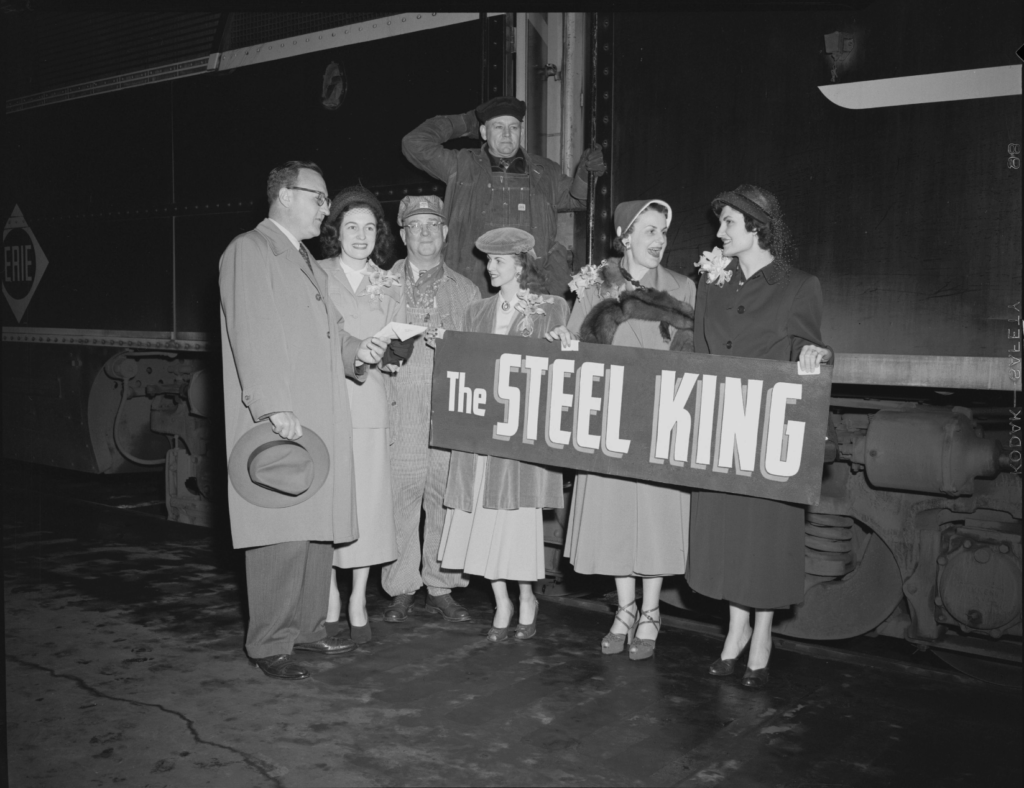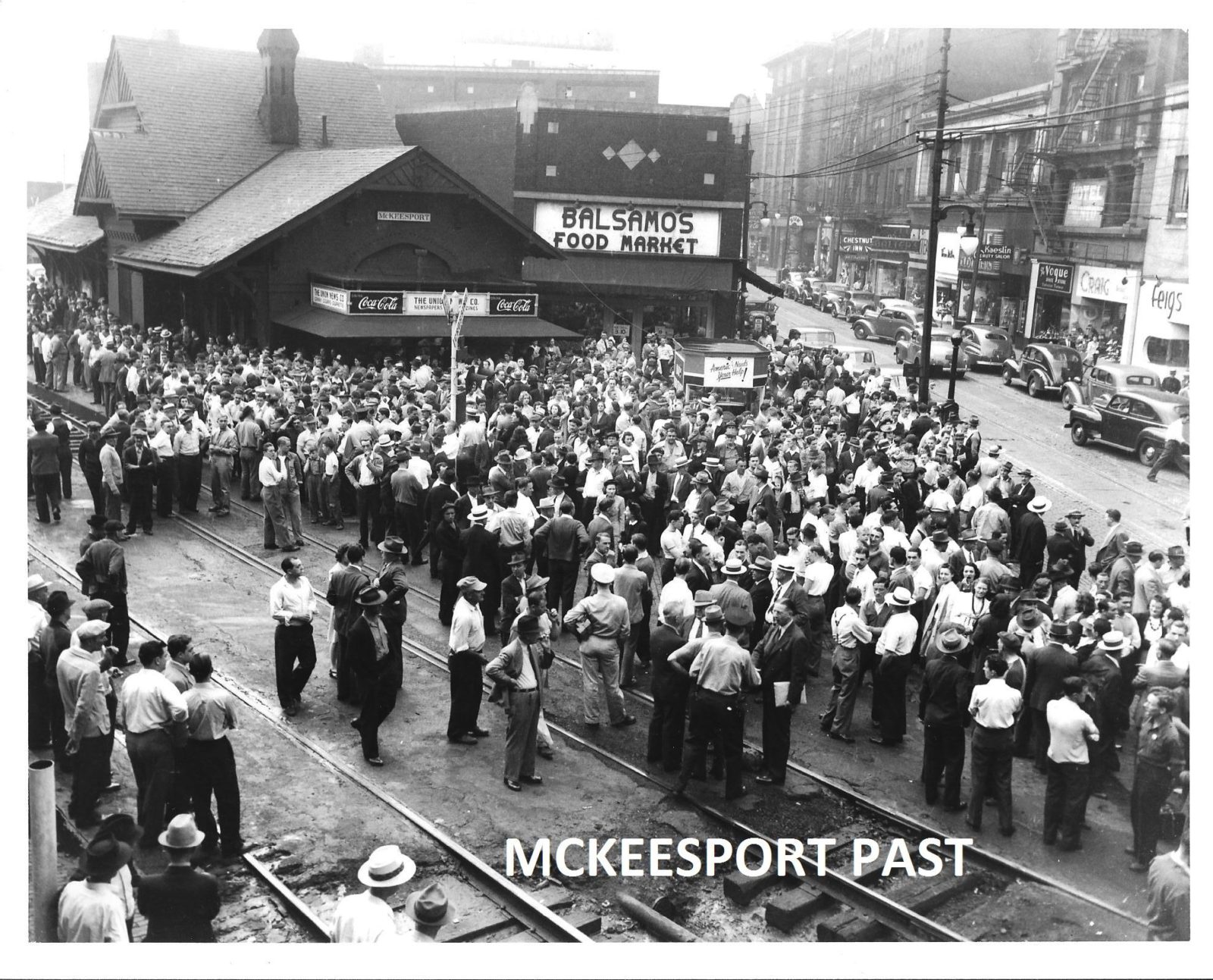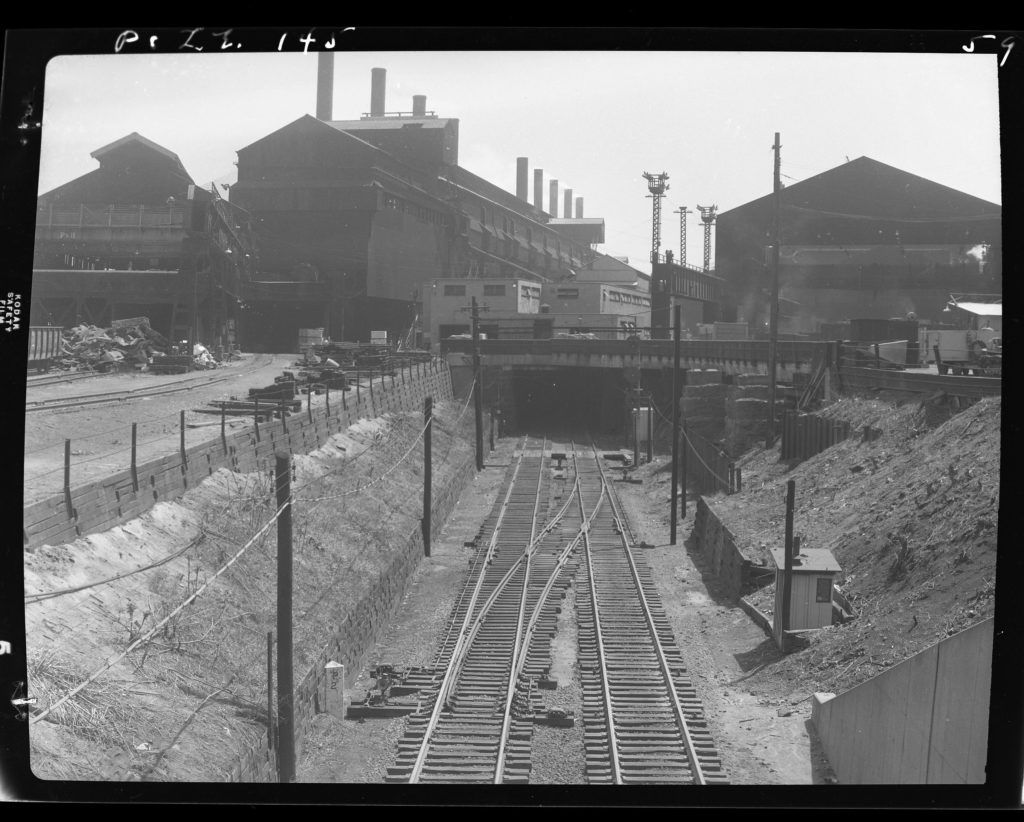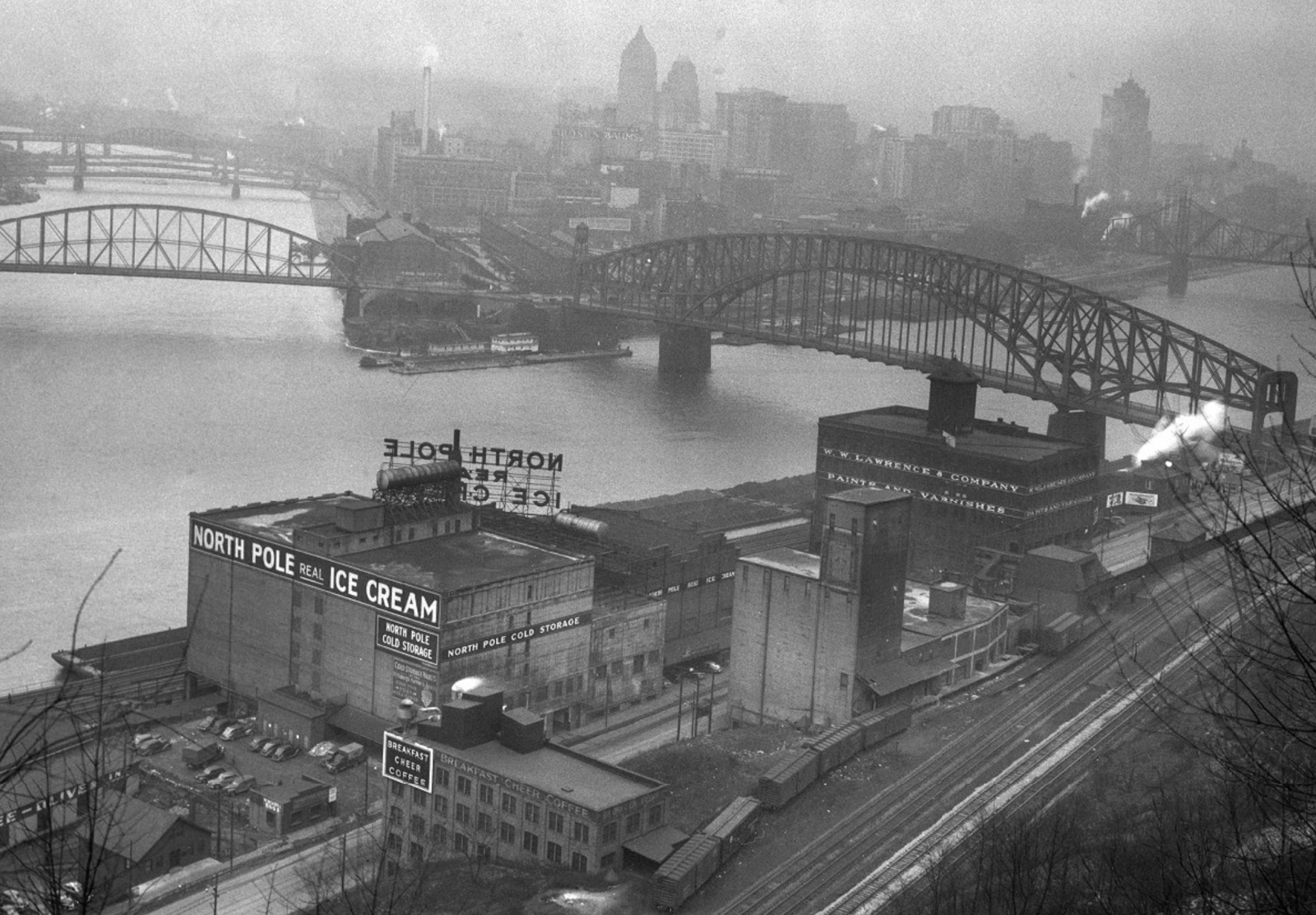My seventh structure project started from the “Front Street Building” kit by Design Preservation Models (Woodland Scenics), which I bought during a husband-sponsored birthday shopping spree at our local hobby shops in March 2021.
When I began the project, I already had four other structure projects at various stages of completion, but the idea of creating two storefronts plus two upstairs businesses in one building seemed like a lot of fun, and a little different than the buildings I was already working on, so I got started anyhow, painting the exterior before I decided what would be inside. I’d get back to the other buildings later. Sometimes switching projects can renew my level of interest and excitement for the hobby in general, and defuses frustration that may creep in with other projects, which are sometimes resolved more easily after taking a break and then taking a fresh look later.
I had some pretty solid ideas on what I wanted the four businesses to be, after having studied photos from Historic Pittsburgh and other sources, depicting interior and exterior views of various Pittsburgh businesses from the 30s and 40s, including the four I ultimately chose: a pharmacy, produce market, beauty salon …
